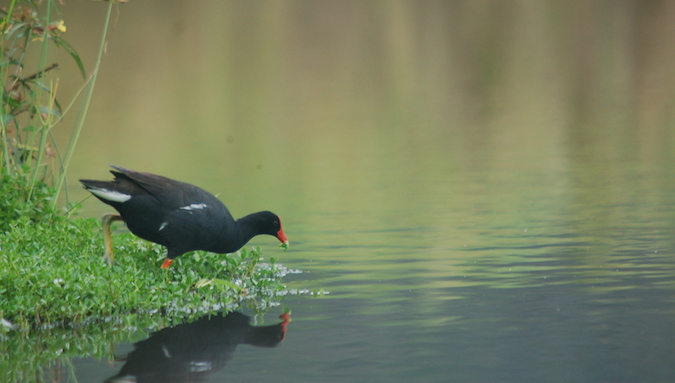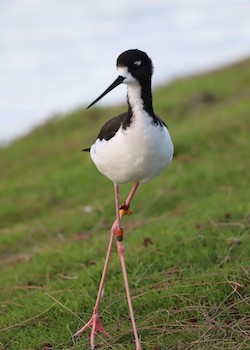
A collection of 17 papers in Pacific Conservation Biology aims to transform the field of conservation biology. The special issue titled “Transforming Conservation Biology Through Indigenous Perspectives,” edited by University of Hawaiʻi at Mānoa researchers Kawika Winter and Melissa Price, and Anne-Marie Jackson of the University of Otago (Aotearoa New Zealand), features papers by Indigenous authors from UH and across the Pacific.
Conservation biology, a field of scientific study aimed at saving endangered species and their habitat, has been publicly criticized as racist, due to the exclusion of Indigenous people from their lands and waters during the establishment of protected areas such as national parks and marine protected areas, and to the racist views of some of the founding fathers of the field, such as John Muir, the founder of the Sierra Club, and John James Audubon, the namesake of the Audubon Society.

“Recent events have sparked public interest regarding the historical and ongoing challenges regarding diversity, equity, inclusion and justice in the conservation community. As such, a special issue like this, that aims to improve conservation through integrating Indigenous approaches, may be of both local and national interest,” said Price, a wildlife ecologist in the Department of Natural Resources and Environmental Management at UH Mānoa, and editor of the issue.
This special collection of papers explores the transformative potential of engaging Indigenous values and perspectives in the co-generation, co-production and co-application of knowledge, with a focus on conservation biology in the Pacific.
“After 50+ years, the conventional approach to conservation just hasn’t gotten us where we need to be,” said Winter, a biocultural ecologist at the Hawaiʻi Institute of Marine Biology, and co-editor of the issue. “We can use science to translate ancestral wisdom into a modern context, and highlight another path forward—one that is not only more effective but also addresses environmental justice issues for Indigenous peoples.”
Authors from across the Pacific including UH faculty, alumni and students cover key themes such as: Indigenous perspectives of nature; environmental justice; empowerment of Indigenous agency; Indigenous resource management in the context of conservation and non-native species; spirituality; Indigenous sovereignty; and building bridges between Indigenous and non-Indigenous conservationists towards more effective and just outcomes.
“Non-Indigenous and Indigenous communities sometimes talk past one another due to differences in worldviews, but in Hawaiʻi, we share a love of this land and the goal of protecting it for future generations,” added Price. “We aimed to facilitate important conversations that can bring people together to solve important problems.”
Read more on the collection of papers in this special issue of Pacific Conservation Biology.
This effort is an example of UH Mānoa’s goal of Excellence in Research: Advancing the Research and Creative Work Enterprise (PDF), one of four goals identified in the 2015–25 Strategic Plan (PDF), updated in December 2020.

